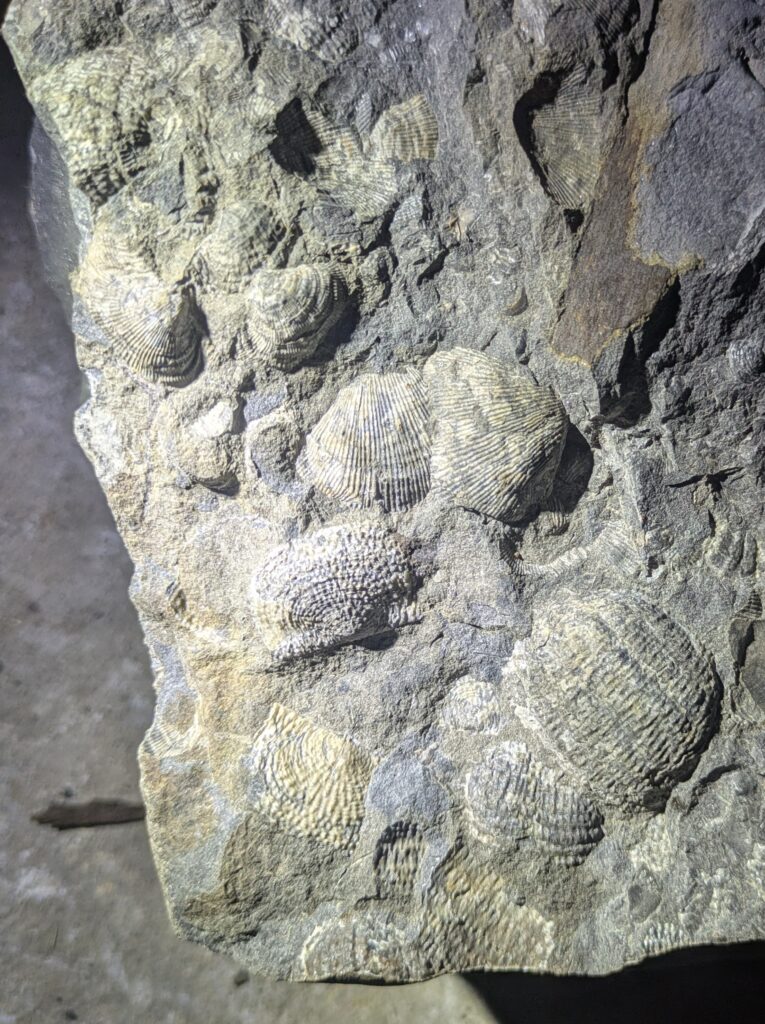Limestone: The Versatile Rock of Earth’s History
Limestone is one of the most abundant and widely used sedimentary rocks on Earth. Formed primarily from the skeletal remains of marine organisms, this rock has played a vital role in shaping landscapes, supporting ecosystems, and serving as a crucial material in human civilization. Found in a variety of forms and environments, limestone is as geologically fascinating as it is practical.
What is Limestone?
Limestone is a sedimentary rock primarily composed of calcium carbonate (CaCO₃), often in the form of the mineral calcite. It can also contain other minerals, such as dolomite (calcium magnesium carbonate), as well as impurities like clay, silt, and sand.
Common Types of Limestone:
- Chalk:
- A soft, white form of limestone made up of microscopic planktonic organisms called coccolithophores.
- Fossiliferous Limestone:
- Contains visible fossils, such as shells, corals, or trilobites, making it a favorite for paleontologists.
- Oolitic Limestone:
- Composed of small, spherical grains called ooids, formed in shallow, warm marine waters.
- Travertine:
- A form of limestone deposited by mineral springs, often found in caves and used for decorative purposes.
How Does Limestone Form?
Limestone typically forms in marine environments through two main processes:
- Biological Formation:
- Marine organisms like coral, mollusks, and foraminifera extract calcium carbonate from seawater to build their shells and skeletons. When these organisms die, their remains accumulate on the seafloor, compacting over time to form limestone.
- Chemical Precipitation:
- Calcium carbonate precipitates directly from supersaturated seawater, often in shallow, warm marine environments.
Limestone can also form in freshwater environments, such as lakes and rivers, where dissolved calcium carbonate precipitates out of solution.
Geological Significance
Limestone is a critical rock in Earth’s history:
- Fossil Preservation:
- Limestone often contains well-preserved fossils, providing invaluable insights into ancient ecosystems and lifeforms.
- Karst Landscapes:
- Limestone’s solubility in water leads to the formation of unique landscapes with caves, sinkholes, and underground rivers.
- Famous examples include the Carlsbad Caverns in the United States and the Phong Nha Caves in Vietnam.
- Carbon Cycle:
- Limestone plays a major role in Earth’s carbon cycle, acting as a long-term storage for carbon dioxide.
Uses of Limestone
Limestone has a wide range of uses due to its abundance, versatility, and chemical properties:
- Construction:
- Limestone is a key material in construction, used for building blocks, aggregates, and in the production of cement and concrete.
- Notable structures like the Great Pyramids of Giza were built using limestone.
- Industrial Applications:
- Used in the production of lime (quicklime and slaked lime), essential for steelmaking, water treatment, and agriculture.
- Sculpture and Decoration:
- Finely grained limestone like travertine and marble is prized for its aesthetic appeal and is used for sculptures, tiles, and countertops.
- Soil Conditioner:
- Crushed limestone is used to neutralize acidic soils in agriculture.
- Environmental Applications:
- Used in flue gas desulfurization to remove sulfur dioxide from power plant emissions.
Where is Limestone Found?
Limestone is found on every continent and in a variety of geological settings:
- Marine Deposits: Found in ancient shallow seas and reef environments.
- Cave Systems: Deposits form as stalactites and stalagmites in limestone caves.
- Quarries: Commercial limestone is often extracted from large open-pit quarries.
Major deposits include:
- The Karst regions of Europe.
- The Florida Keys and Midwestern United States.
- The Dolomite Alps in Italy.
Environmental Concerns
- Quarrying Impact:
- Limestone mining can lead to habitat destruction, groundwater depletion, and pollution.
- Acid Rain:
- Acid rain dissolves limestone structures, causing erosion and damage to historical monuments.
Interesting Facts about Limestone
- Limestone can react with hydrochloric acid to produce bubbles of carbon dioxide, a test often used in geology.
- Fossiliferous limestone provides a window into ancient marine environments and biodiversity.
- Some limestones, like chalk, are soft enough to be written on, giving chalk its name.



I learned something here about, of all things, trout streams. In the U.K. there are famous trout streams known as chalk streams. In the USA we have famous streams that are limestone streams. I had always thought they were the same and the British were just using a different name. Turns out that they are indeed different and there are no chalk streams in the USA.